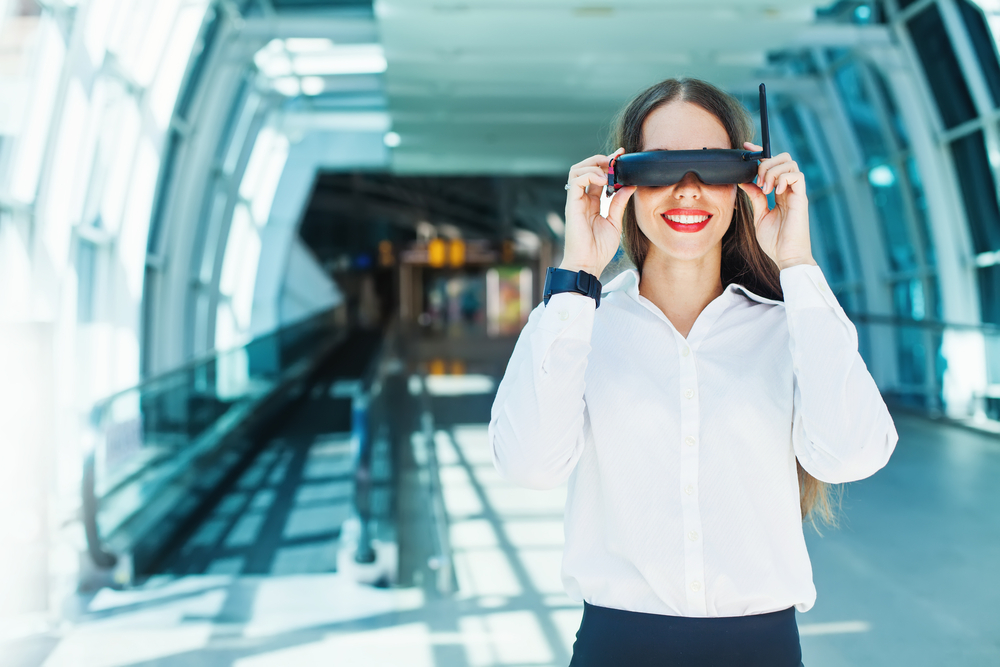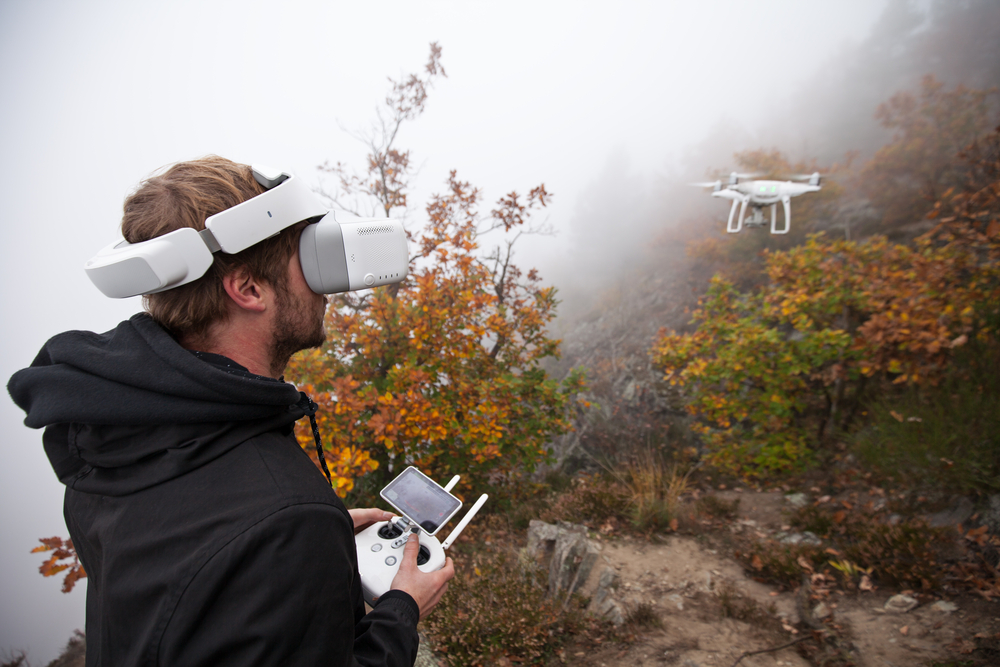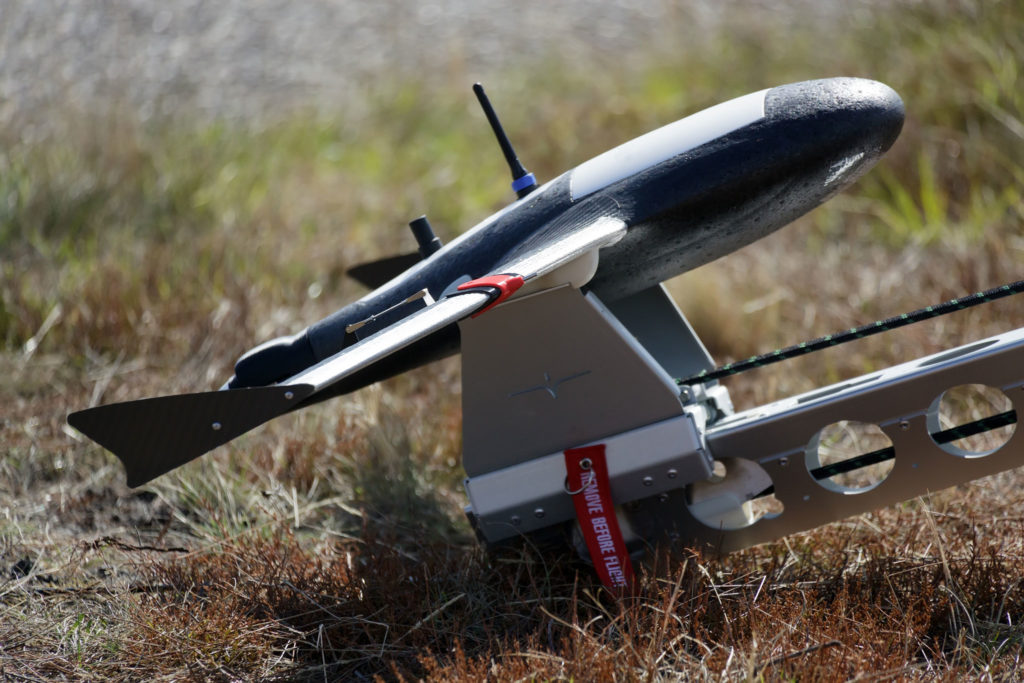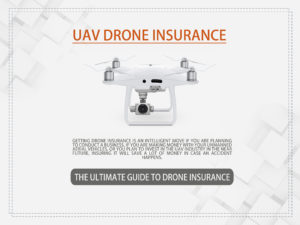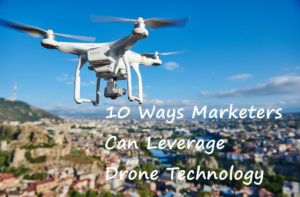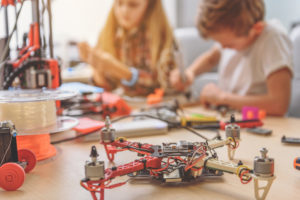First person view has changed how we interact with drones. FPV equipment of the past was the remote controller that had a monitor that would stream what the camera on the drone above was seeing. However, FPV goggles have changed how we experience first person view. Competition in the industry has gotten much stiffer and most drone manufacturers are including FPV capabilities in low cost UAVs.
There is so much to choose from in the market, and you ought to be wary of the type of FPV goggles you buy. In this article, we will look at what are FPV goggles and what to look out for when shopping for FPV equipment.
FPV Goggles
FPV goggles are the latest and most influential drone accessories we have to date and they give drone pilots an immersed flying experience. The drone flies via video downlink, and it has a video transmitter that send the footage from the FPV camera to the goggles that resemble a virtual reality head set. There are various sizes and shapes of FPV goggles and it is upon you to get the most information to help you choose the right type of FPV goggles.
Box Goggles
These are some of the first generation FPV goggles and they look like a box and will certainly cause a headache when travelling. They are huge and include a single LCD screen that act as the display for the footage streaming in real time from the FPV camera. They are the cheapest option in the market and are the best drones for beginners. Some come with a smartphone slot where you can use the FPV camera’s app to view the footage from the camera.
Low Profile FPV Goggles
These are the best and are considered as premium FPV goggles. They are becoming the most common type of FPV goggles and because of their compact and stylish design. They have an LCD screen for each eye with magnifying lenses to adjust the view to suit you. The low profile FPV goggles are easy to carry around and they are comfortable to wear.
What you need to know about FPV Goggles ?
You Will Need a Spotter
As well as the FPV goggles work, they hinder the pilot from having the all so necessary line of view. The FAA requires that the drone pilot be aware of the drone at all time during the flight. However, with the FPV goggles covering up your eyes, there is no way you can keep a line of sight on the drone. Besides when turning, you might run into obstacles in the flight path that you had not anticipated before. Having a spotter will allows you to have a safe flight, and steer clear of any legal action in the future should anything happen. Be sure to return the favor.
Technology has brought about the addition of new and amazing functions to the FPV goggles. Here are some of the most significant.
Head Tracking
The FPV camera mounted on the drone and the goggles can be synchronized for a more immersed flying experience. Head tracking is a technology that enables the camera to respond to the movements of your head. The camera will point to the area that your head is facing, and so you get more visibility. You can fly the drone or put it in autonomous flight mode where you do not have to fumble with the joysticks.
Interpupillary Distance
This is the distance between the center of your eyes and it is crucial that you know what yours is before you go buying the FPV goggles. Everybody has a unique IPD, but since the FPV goggle manufacturers cannot produce a pair for everyone, they have introduced adjustable IPD FPV goggles. If you fail to consider the IPD of the goggles with respect to your own, the center of t screen will be clear while the edges will be soft and blurry.
While you will find that there are some FPV goggles with a set IPD, many manufacturers are setting their IPD range between 59 and 69 mm. This way you can always adjust it to get the clearest image from the center to the edges.
Field Of View (FOV)
You have probable heard this term from a TV sales rep, and it applies in the context of FPV goggles. FOV refers to how big the screen is, and it goes to say that the bigger the FOV, the bigger the screen. The FOV range is set between 25 and slightly above 80%, and you must do your research as to which is best for you.
According to a study that targeted FPV drone pilots, the best FOV range is between 25 and 50%. This is range provides the largest image possible without the need to move your eye. Anything above 80% FOV is a waste of time and it will only tire your eyes from all the moving.
Optics
As the race to be the best FPV manufacturer heats up, more manufacturers are trying to beat the competition by using lighter and cheaper materials that will provide the best FPV experience to the plot. There are two types of optics, plastic, or glass. In spite of this, glass FPV optics is better and they give a better resolution.
Speaking of resolution, the higher the rating, the clearer the image will appear on your LCD screen. You will find FPV goggles with resolution rating ranging from 320×240 pixels to over 640×480 pixels. However, with the introduction of HD FPV camera, some of the high end FPV goggle manufacturers such as Fat Shark are introducing goggles with a resolution as high as 720p on their latest models.
Conclusion
FPV goggles are pricier than any other FPV kit available in the market, but they are one of the drone accessories with the largest price range. You can get box style FPV goggles going for less than $40 while the low profile FPV goggles could go for more than $500. When it comes to price, always go for what you can afford, but also consider the comfort and easy of travel. With this information, you will get yourself the best FPV goggles within your budget.
